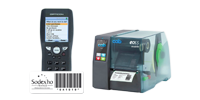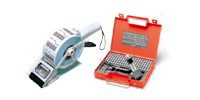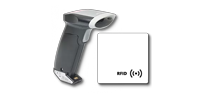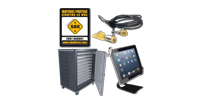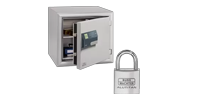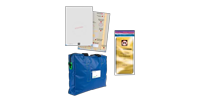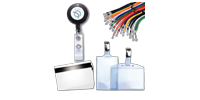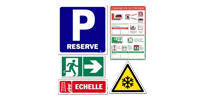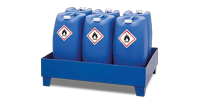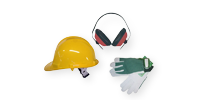The security of goods transported by sea is essential to avoid any risk of theft, loss or damage. This is why shipping companies require the secure closure of containers with controlled identification security seals. Seals are the most widely used security device for their strength and traceability.
The different regulations in terms of sealing
The type of seal to use may vary depending on the carrier and the country of destination of the container. It is possible that shipping companies have their own rules even if they generally differ little.
Your shipment may go through several customs and it is wise to check the customs regulations regarding seals as they may vary between countries.
In general, seals are subject to a standard: the 17712 standard.
This set of regulations defines the different processes that unify and classify the security seals installed on mechanical cargo containers - i.e. the large containers stacked on cargo ships. The respect of this standard is the sine qua non condition for the admission of the seal during the maritime transport. The standard establishes procedures for the classification, acceptance and removal of mechanical seals from containers. The tests carried out classify the seals in 3 categories according to their strength of resistance: S for Security, I for Indicative, H for High Security. In addition, the seal production process must be audited to ensure that the effectiveness of the products is not impaired.
MSC,Maersk Line, SMA-CGM, Evergreen, internationally recognized shipping lines, require that container seals comply with the international code for ship and port facility security and international customs systems, which is the ISO 17712 standard.
The requirements of the 17712 standard
According to ISO 17712, seals on international containers must be unique, tamper-proof and easy to examine: important information must be legible at all times. Single use is the main and unchangeable characteristic of the seals: they are applied once and are automatically destroyed when the cargo is opened. The seal has to leave a proof in case of forced opening and to respect the resistance thresholds stipulated in the standard.
Seals must also be designed and manufactured according to the anti-fraud characteristics. The supplier must provide a certificate of compliance proving this fact and that its security seals meet the requirements of the standard.
Types of seals accepted by ISO 17712
As stated before, there are three types of seals:
- Indicative seals - grade I: generally made of plastic or metal, this type of seals are easy to open after application. Typically, they are used to repatriate empty, clean and available containers.
- Security seals - S grade: these level 2 seals are already more secure than the previous ones. This type of seal prevents an unauthorized opening by leaving a proof.
- High security seals - H grade: these seals are among the most secure. They are made of very resistant and manually unbreakable materials, such as metal cables, to prevent intrusion. It requires a quality bolt cutter or cable cutter to remove it. This type of seal should be marked with an H.
Proper placement of a seal on a container
.jpg)
A lead seal is a plastic or metal tag that joins two ends of a beaded wire so that it closes and secures the access or opening of a container.
A seal can be placed on one of the lock rods, especially on the right-hand door, as this door opens first. The lock on the left-hand door can accommodate a seal, especially if the cargo can only be removed through one door. The aim is to prove that no one has had access to the contents and that nothing has been smuggled in.
It is essential that the receivers of the goods check that the seal number on the transport documents is identical to the seal number on the container. If this number is different, the receiver must immediately notify the shipping company so that they can carry out an expertise of the container.
To complement the use of seals, bottle seals or nail seals are recommended to maximise security. Made of carbon steel and high strength polystyrene, bottle seals should be placed at the bottom of container doors and prevent the doors from opening.

